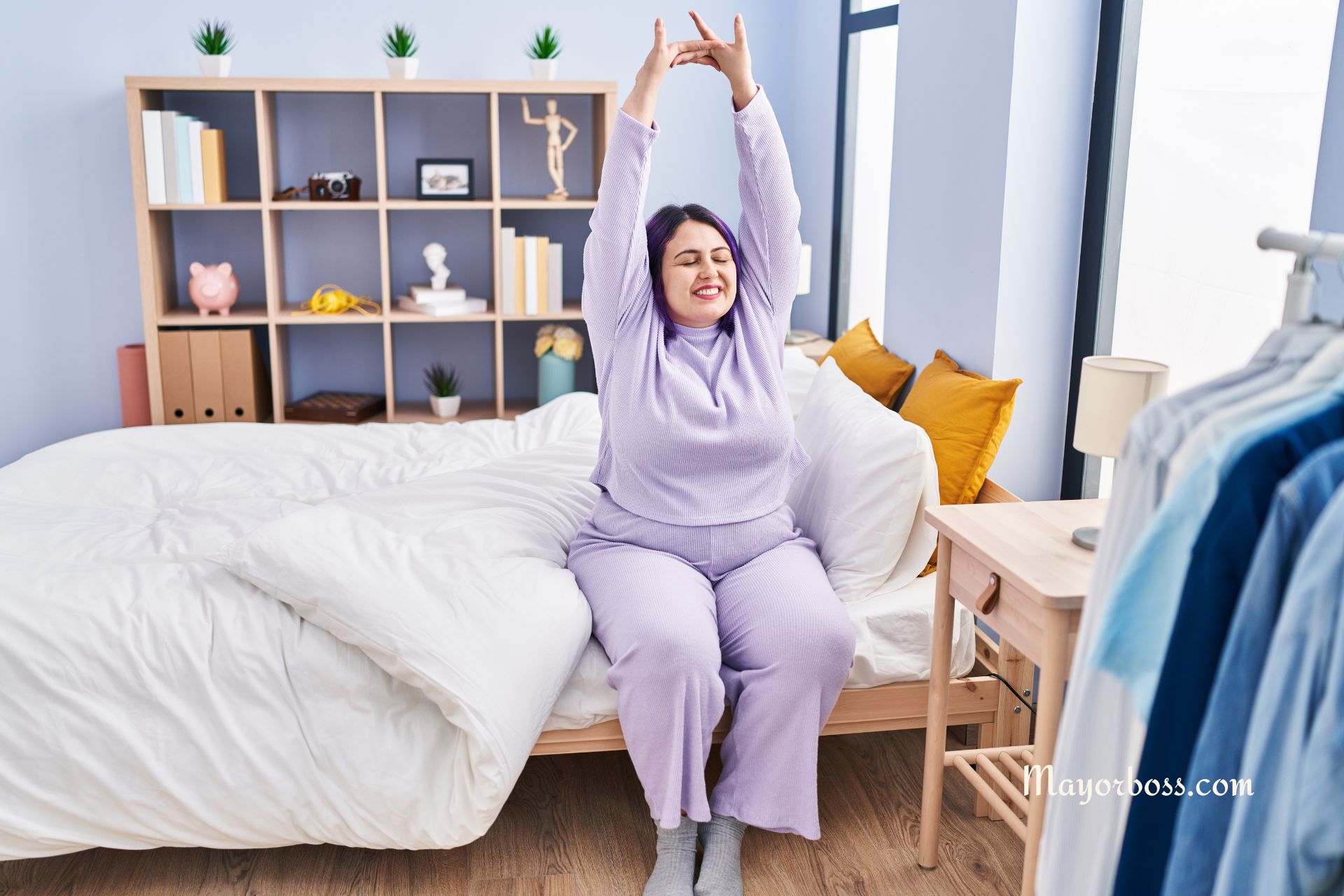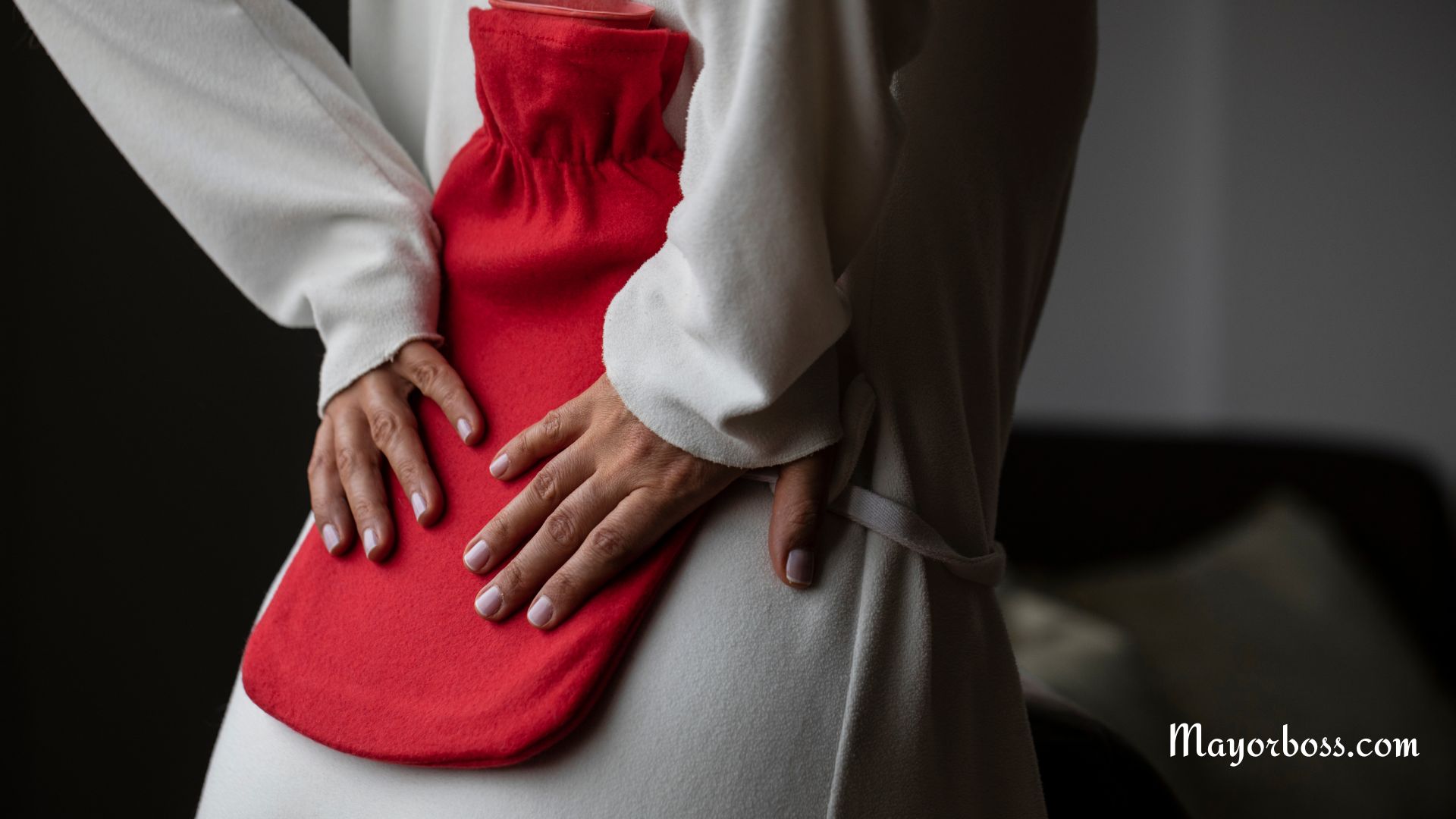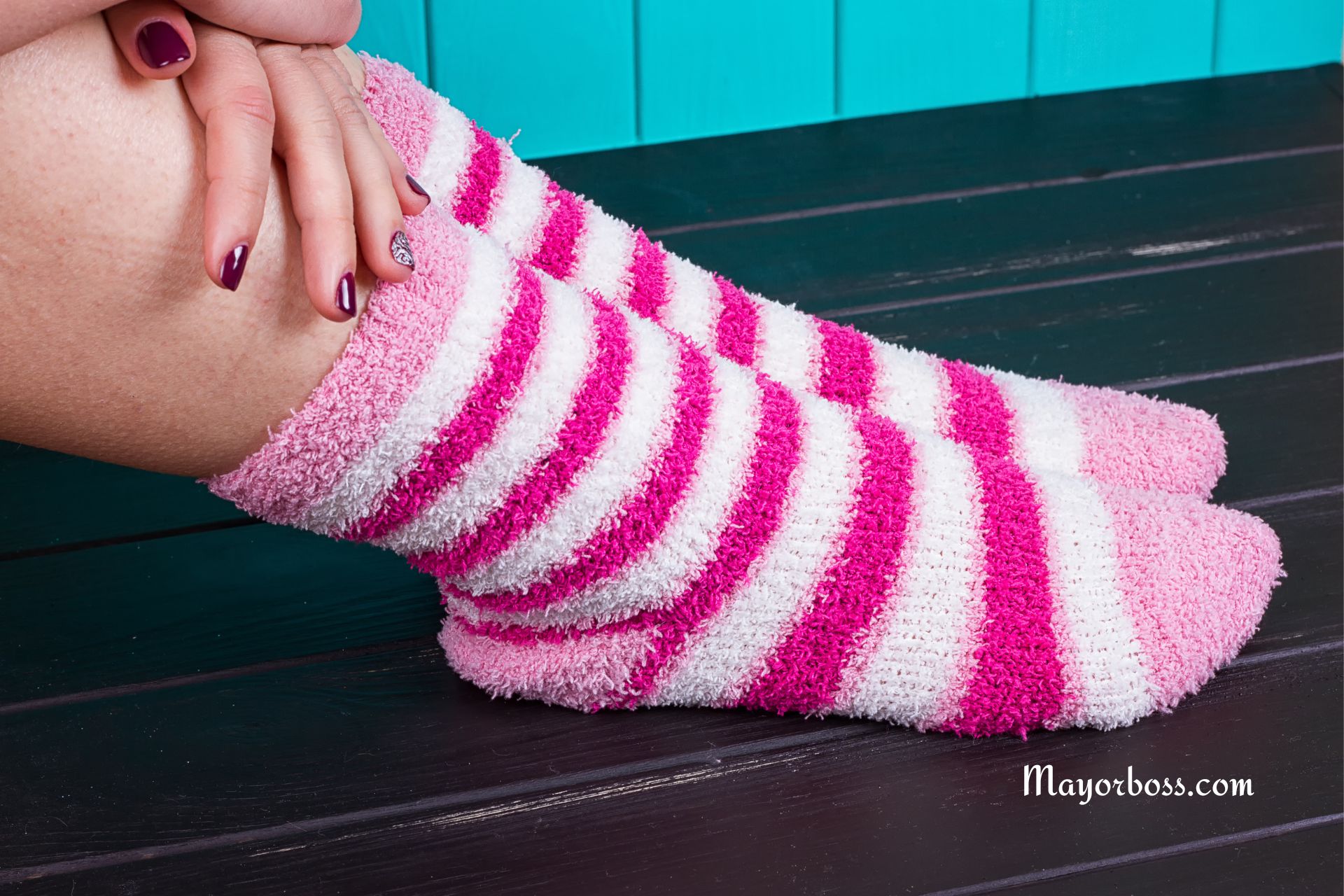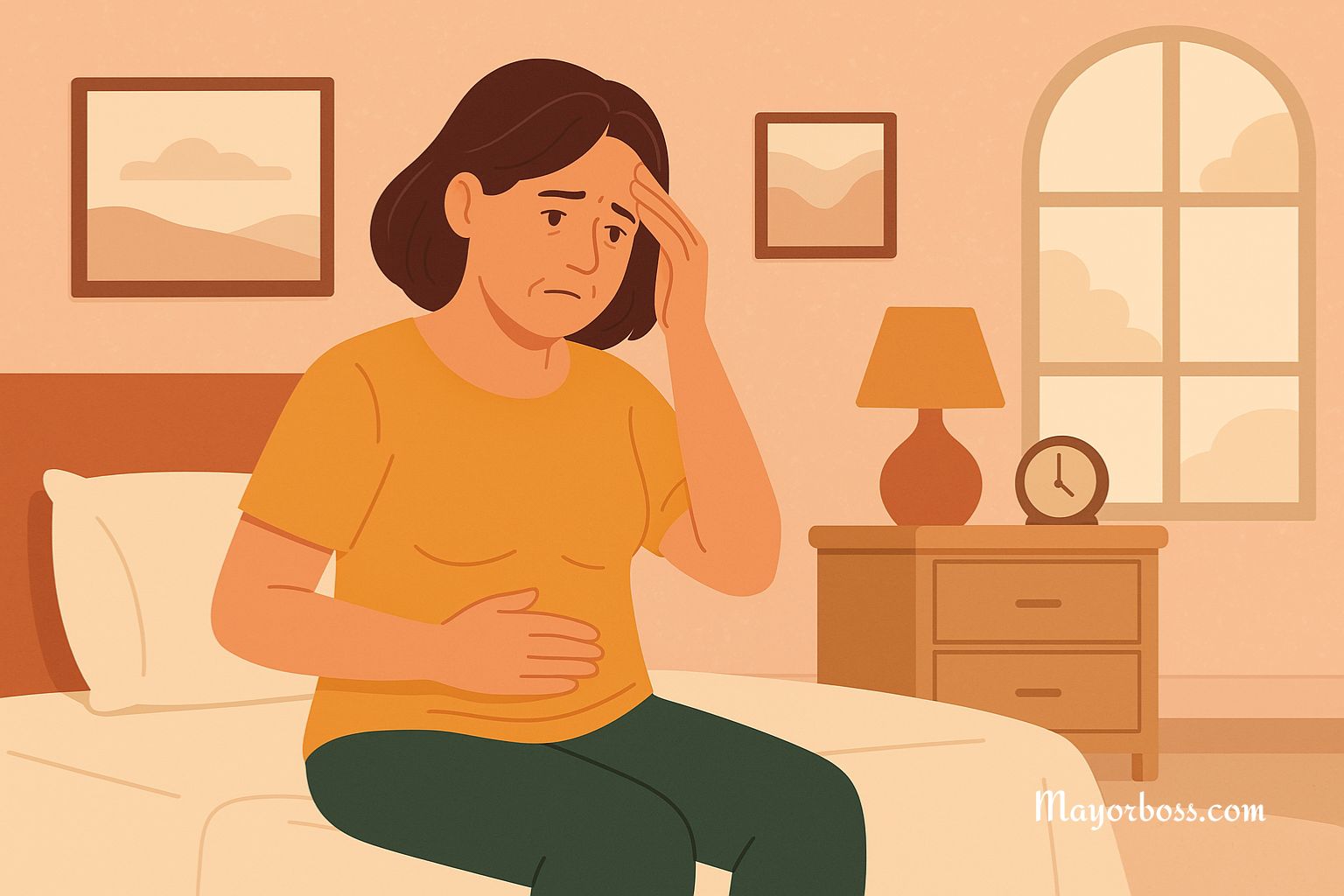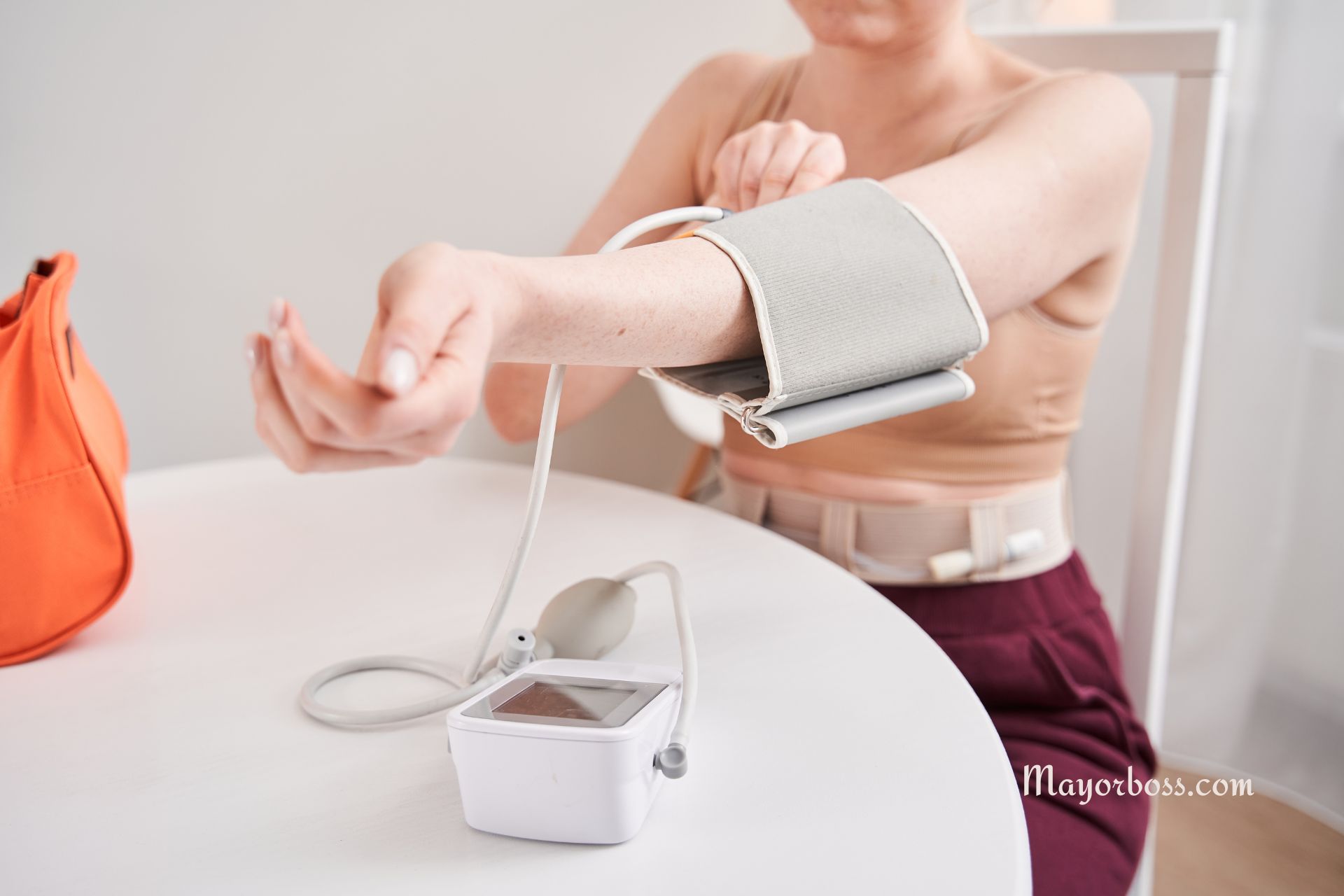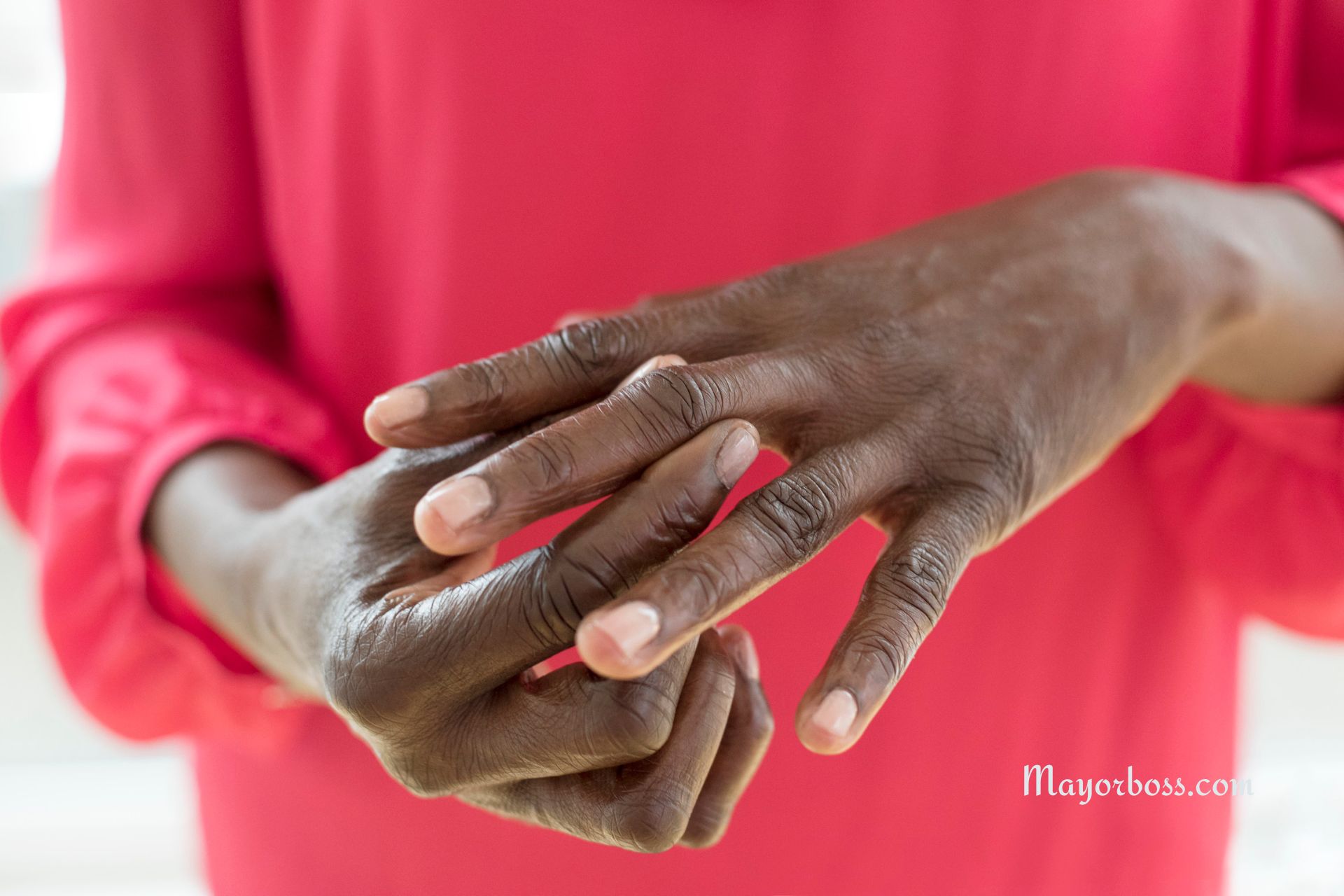How to Get Rid of a Stye
A stye is a small, painful lump that forms on the edge of your eyelid, often caused by a bacterial infection. While they’re usually not serious, they can be quite uncomfortable. This article explores ways to treat a stye at home, when to see a doctor, and how to prevent them from reoccurring.
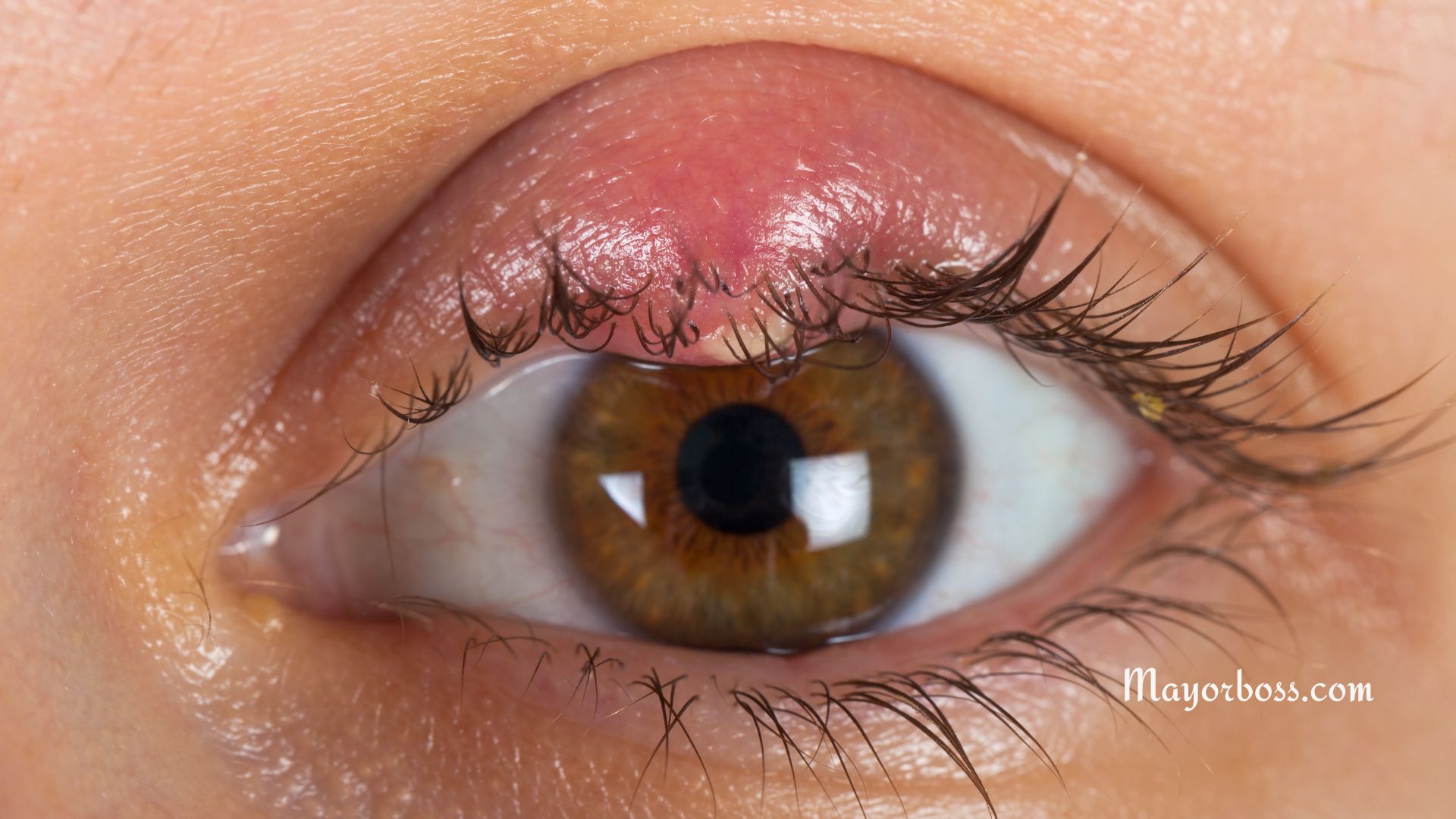
What Exactly Is a Stye?
You might have woken up one morning to find a small, red bump near the edge of your eyelid. That’s probably a stye. It’s a result of an infection, usually from staphylococcal bacteria. These bacteria live on your skin but can cause a problem if they find their way into an oil gland in your eyelid. A stye can be painful and annoying, but don’t worry; it’s typically not a serious condition.
Home Remedies to Get Rid of a Stye
Warm Compress
The simplest way to kickstart the healing process is with a warm compress. All you need is a clean cloth and warm water. Soak the cloth in warm water, wring out the excess, and then gently place it over your closed eye. Keep it there for about 10-15 minutes. Do this several times a day. The warmth helps to break down the pus and drain the stye.
Use a Warm Tea Bag
For a twist on the warm compress, you can use a warm tea bag. Opt for a tea that has antibacterial properties, like chamomile. Just steep the tea bag in warm water, let it cool until it’s comfortably warm and then place it over your closed eye for about 10 minutes. This method can offer extra relief due to the healing properties of the tea.
Don’t Pop It
Resist the urge to pop the stye like you would a pimple. Doing so could spread the infection and make things worse.
Clean Your Eyelid
To help speed up recovery, keep the eyelid clean. Use a gentle soap or a specialized eyelid cleaner to wipe the affected area. Make sure to rinse thoroughly and pat dry with a clean towel.
Over-the-Counter Solutions
In your local pharmacy, you’ll find over-the-counter ointments specifically designed for styes. These ointments contain antibacterial ingredients that can help speed up the healing process. Just make sure to follow the instructions on the packaging.
Avoid Wearing Makeup and Contact Lenses
While you have a stye, it’s best to avoid wearing makeup and contact lenses. These can irritate the stye and potentially worsen the infection.
When to Consult a Doctor
In Case of Complications
If you notice that your stye is not improving after several days of home treatment, it’s time to consult a healthcare professional. Also, if the stye is affecting your vision or if it recurs frequently, medical attention is advised.
Antibiotic Treatment
In some cases, a doctor may prescribe an antibiotic ointment or drops to treat the bacterial infection. This is especially likely if you have multiple styes or if they are recurring.
How to Prevent Future Styes
Keep Your Eyes Clean
To reduce the risk of future styes, make sure to keep your eyes and eyelids clean. You can use a gentle soap or specialized eyelid cleansers.
Be Careful with Eye Makeup
If you wear eye makeup, ensure that you remove it thoroughly before going to bed. Old and expired makeup can harbor bacteria, setting the stage for a stye to develop.
Hand Hygiene
Your hands come into contact with all sorts of bacteria throughout the day. So, it’s crucial to wash them regularly, especially before touching your eyes.

